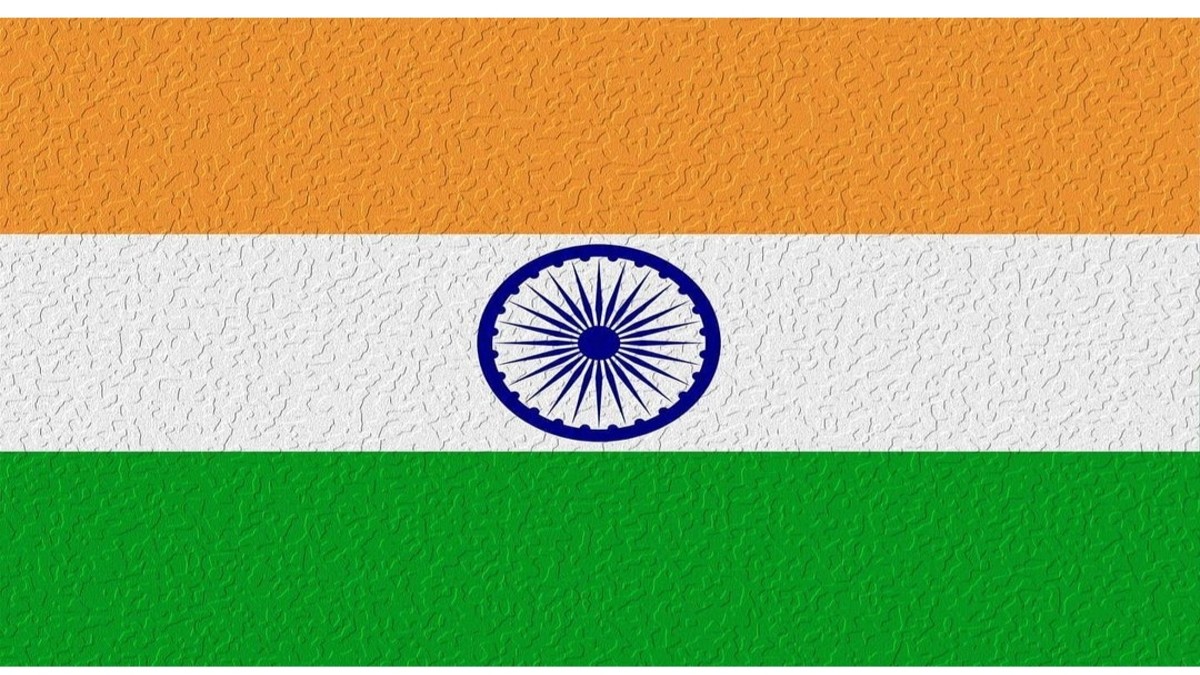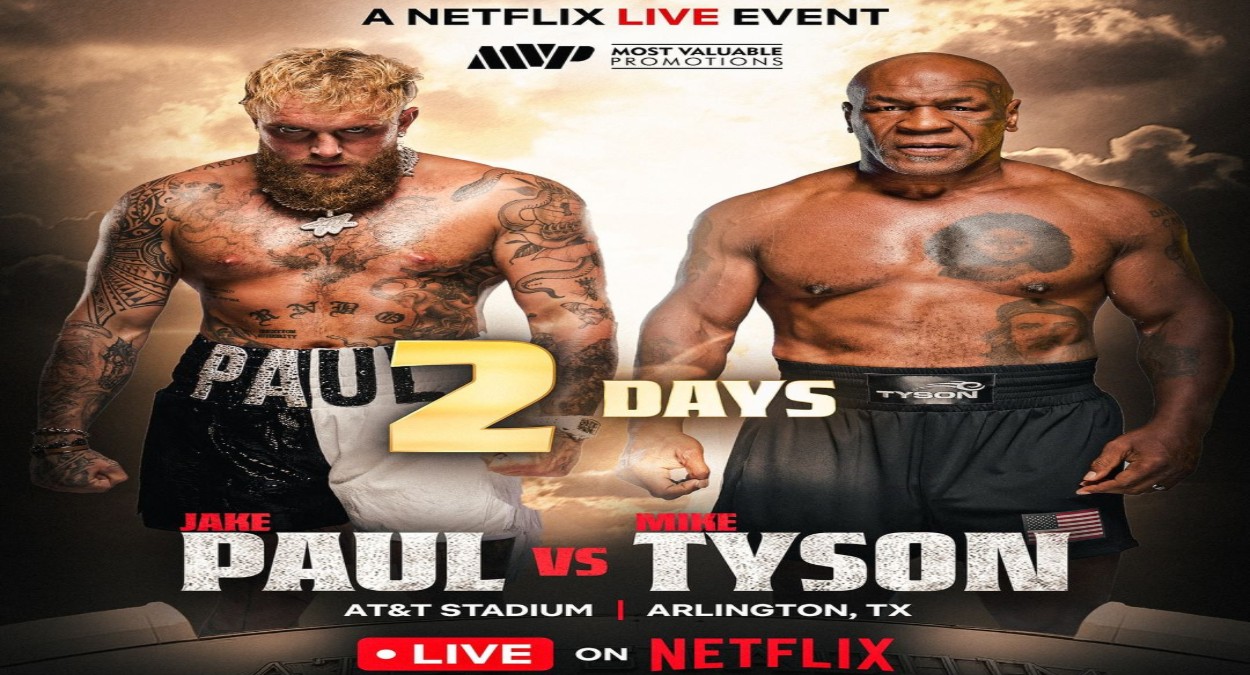
78 Independence Day
78 Independence Day is more than just a national holiday in India; it is a day of profound significance that marks the end of over two centuries of British colonial rule. Every year on 15 August, Indians across the globe unite to celebrate the birth of a free and independent nation.
The year 2024 is no exception, as it brings with it an opportunity to reflect on the sacrifices of countless freedom fighters, the struggles endured by millions, and the remarkable progress made by the nation over the last 77 years. This essay delves into the historical context of Independence Day, the journey of India’s freedom struggle, the post-independence challenges, and the contemporary relevance of this momentous day.
Historical Context
However, as the company gradually gained power, it transformed from a trading entity into a governing force. By the mid-18th century, the British had established themselves as the dominant power in India, exercising control over vast territories through a combination of military force, strategic alliances, and political manipulation.
The oppressive policies and exploitative practices of the British colonial administration led to widespread discontent among Indians. The Indian economy, once flourishing, was systematically drained of its wealth, while the social fabric of the nation was torn apart by divisive policies. As the British tightened their grip on the country, the seeds of resistance began to take root.
India’s Struggle for Independence
The Indian struggle for independence was a long and arduous journey that spanned nearly two centuries. The first significant uprising against British rule occurred in 1857, in what is often referred to as the First War of Independence or the Sepoy Mutiny.
Though ultimately unsuccessful, the revolt was a wake-up call for both the British and Indians, signaling the beginning of a mass movement for freedom.
The late 19th and early 20th centuries witnessed the rise of Indian nationalism. The Indian National Congress (INC), founded in 1885, became the principal platform for expressing the aspirations of the Indian people.
Initially, the INC sought moderate reforms and greater representation for Indians within the British administration. However, as the British continued to ignore these demands, the movement for complete independence gained momentum.
The early 20th century saw the emergence of key figures in the independence movement, including Mahatma Gandhi, Jawaharlal Nehru, Subhas Chandra Bose, Bhagat Singh, and many others.
Each of these leaders brought their unique perspectives and strategies to the struggle, contributing to the rich tapestry of India’s fight for freedom.
The Non-Cooperation Movement
Mahatma Gandhi’s arrival on the political scene marked a turning point in the independence movement. Gandhi’s philosophy of nonviolent resistance, or Satyagraha, became the cornerstone of the struggle against British rule. In 1920, Gandhi launched the Non-Cooperation Movement, urging Indians to boycott British goods, institutions, and services.
The movement aimed to paralyze the British administration by withdrawing Indian support. Although the movement was eventually called off after the Chauri Chaura incident, where a violent clash led to the deaths of several policemen, it marked a significant shift in the Indian freedom struggle. It demonstrated the power of mass mobilization and nonviolent resistance, setting the stage for future movements.
The Civil Disobedience Movement
The Civil Disobedience Movement, launched by Gandhi in 1930, was another milestone in the independence struggle. The movement was symbolized by the historic Dandi March, where Gandhi and his followers marched over 240 miles to produce salt from the sea, defying the British monopoly on salt production.
The movement sparked widespread protests across the country, with millions of Indians openly defying British laws. The British government responded with repression, arresting thousands of leaders and activists. However, the movement succeeded in bringing the demand for complete independence to the forefront of the national agenda.
The Quit India Movement
The Quit India Movement of 1942 was the final push for independence. Launched by the Indian National Congress under Gandhi’s leadership, the movement called for an immediate end to British rule. The slogan “Do or Die” became the rallying cry for millions of Indians who were determined to achieve freedom at any cost.
The British responded with brutal force, arresting thousands of leaders, including Gandhi, Nehru, and Patel. Despite the repression, the movement intensified the demand for independence, making it clear that the British could no longer hold onto India.
The Road to Freedom
The end of World War II marked the beginning of the end for British colonial rule in India. The war had weakened Britain’s economic and military power, and the post-war Labour government in Britain was more sympathetic to Indian demands for independence.
In 1946, the British government sent a Cabinet Mission to India to negotiate the terms of independence. However, the negotiations were complicated by communal tensions between Hindus and Muslims, leading to the eventual partition of India.
On 14 August 1947, Pakistan was created as a separate nation for Muslims, and at midnight on 15 August 1947, India finally achieved independence.
Jawaharlal Nehru, India’s first Prime Minister, delivered his iconic “Tryst with Destiny” speech, marking the birth of a free and sovereign nation. However, the joy of independence was tempered by the tragedy of partition, which led to widespread communal violence and the displacement of millions of people.
Post-Independence India
The dawn of independence brought with it a host of challenges for the newly-formed nation. India had to rebuild its economy, create a functioning government, and integrate over 500 princely states into the Indian Union.
The task of framing a new constitution fell to the Constituent Assembly, which was tasked with drafting a document that would reflect the aspirations of the diverse Indian population. The Indian Constitution, which came into effect on 26 January 1950, established India as a sovereign, democratic republic and laid the foundation for its future as a modern nation-state.
In the decades following independence, India embarked on a journey of nation-building and development. The country faced numerous challenges, including poverty, illiteracy, communalism, and regionalism.
However, India also made significant strides in various fields, including agriculture, industry, science, and technology. The Green Revolution of the 1960s transformed India from a food-deficit nation to a food-surplus country, while the White Revolution made India the largest producer of milk in the world.
Independence Day Celebrations
Independence Day is celebrated with great enthusiasm and patriotism across India. The day is marked by a variety of events and activities, with the national flag hoisting ceremony being the centerpiece of the celebrations.
The Prime Minister of India hoists the national flag at the Red Fort in Delhi, followed by a speech that highlights the achievements of the nation, outlines future goals, and pays tribute to the freedom fighters who sacrificed their lives for the country’s independence.
The celebrations are not limited to the national level; state governments, educational institutions, and communities across the country also organize flag hoisting ceremonies, cultural programs, and patriotic events. Schools and colleges hold special assemblies where students participate in patriotic songs, dances, and skits, while various organizations conduct competitions and events to foster a sense of national pride.
In recent years, the celebration of Independence Day has taken on new dimensions with the advent of technology and social media. The digital era has enabled Indians across the globe to participate in the celebrations, sharing messages of patriotism and pride through various online platforms. The day is also marked by special
- The significance of 15 August in Indian history.
- The importance of commemorating Independence Day.
- Historical Context
- British colonial rule in India.
- Key events leading to independence.
- Role of freedom fighters and movements (e.g., Gandhi, Nehru, Subhas Chandra Bose, Bhagat Singh, and others).
- India’s Struggle for Independence
- The early revolts (e.g., 1857 Revolt).
- The rise of Indian Nationalism.
- Major movements: Non-Cooperation, Civil Disobedience, and Quit India Movement.
- The role of Indian National Congress and other political groups.
- The Road to Freedom
- The World Wars and their impact on India’s independence movement.
- The Cripps Mission and subsequent negotiations.
- Partition and the Independence Act of 1947.
- The midnight of 14–15 August 1947.
- Post-Independence India
- The challenges faced by newly independent India.
- The framing of the Indian Constitution.
- India’s journey towards becoming a republic in 1950.
- Independence Day Celebrations
- Traditional ceremonies: Flag hoisting, the Prime Minister’s address.
- National and state-level celebrations.
- The significance of Red Fort in Delhi.
- Contemporary Relevance of Independence Day
- Reflection on India’s achievements since independence.
- The evolving significance of Independence Day in the 21st century.
- Addressing contemporary challenges: poverty, inequality, and global issues.
- The role of youth in continuing the legacy of independence.
- Conclusion
- The enduring spirit of Independence Day.
- The importance of remembering and learning from history.
- The vision for India’s future.




